How leather is made … nowadays
Some members of our team were lucky enough to visit a Leather Working Group Gold-Certified tannery last week. We travelled to Alicante to get to know the entire process from ‘wet blue‘ to the very final part of the leather making. Hope you enjoy it (and learn as much as we did) about ‘How leather is made … nowadays’.
As we have already said, the ‘wet blue’ arrives at the tanning facilities where a comprehensive classification process takes place. This is a very important step so that the end result is guaranteed as per the needs and specifications of the fashion brand. We could see 4 different grades, ie. A, B, C and D. Once the leather is classified, it goes to the machine that splits it into different thicknesses.
Then, leather is introduced in the drum where it is re-tanned. This process can take between 1 to 4 days depending on the desired end result. The next process is drying: there 2 main types of drying, iron and air drying. After this stage, the leather is pretty stiff and it might be modified with a softening machine. Then, the leather is back-sanded and beaten (if needed). The last process we could see was the actual visual finish where pigments and lacquers are applied in order to dye the leather in the desired colour and get the requested finish (gloss, matte, printed…).
We were very happy to check that this tannery has a sustainable approach to leather tanning. We witnessed that 97% of the water used in the tanning process was cleaned and reused for tanning new batches of leather. It was great to see that technology is helping the tanning industry be more sustainable and clean.
During this visit, we also visited Palomares Piel and Curtidos Menacho warehouse where we learned about logistics and storage. We want to thank them for the kindness and warm welcome we received during our stay.

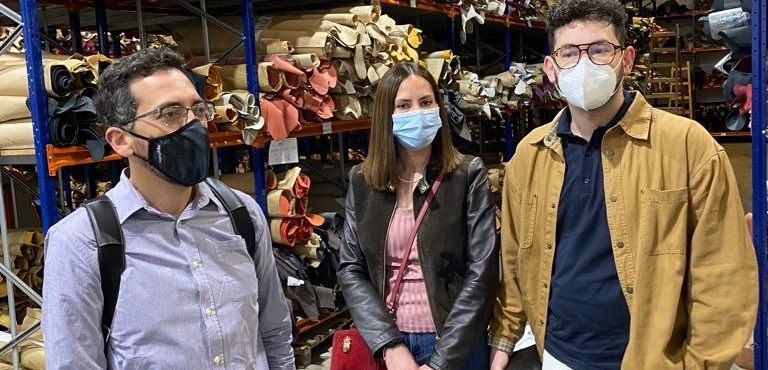
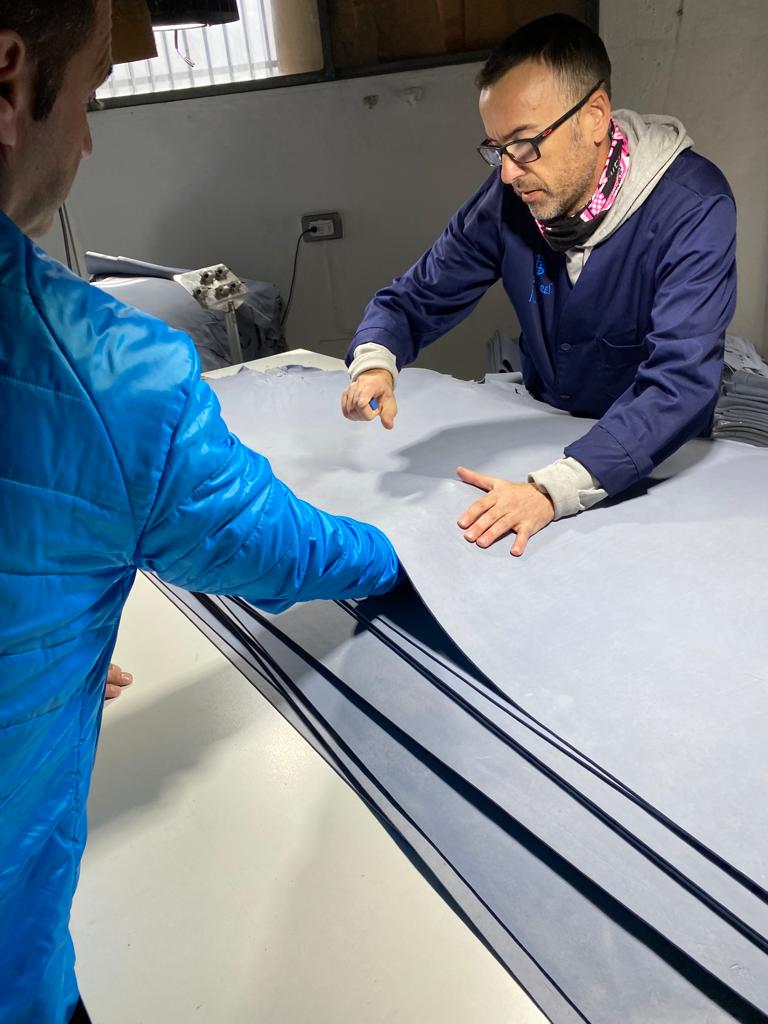
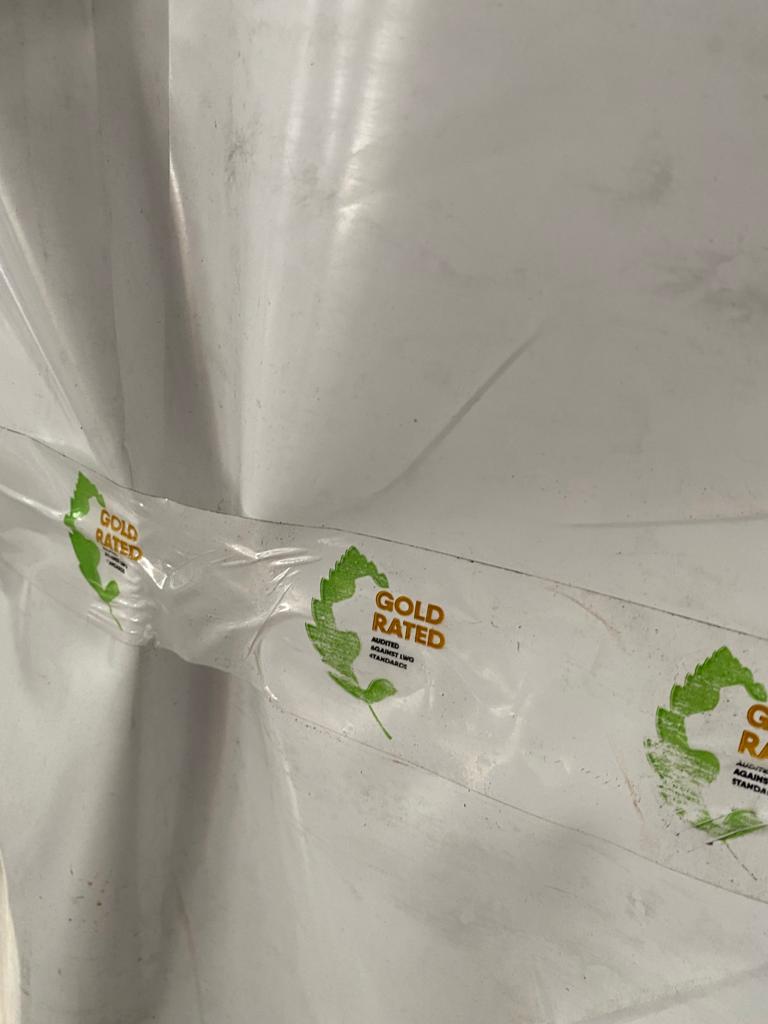
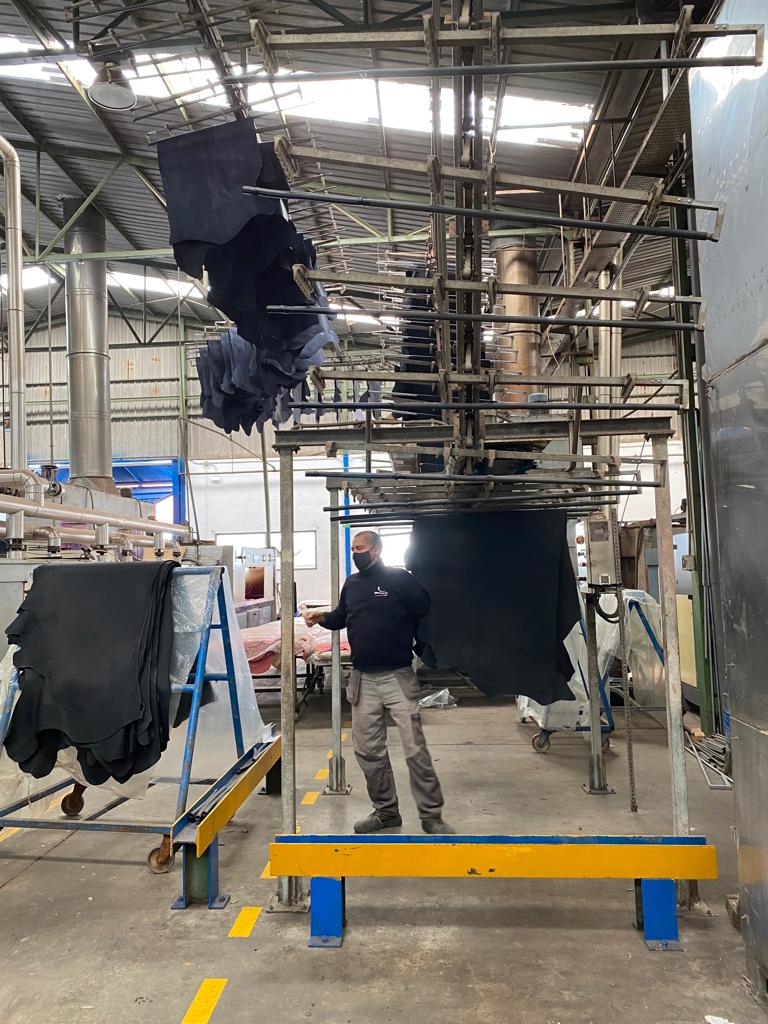
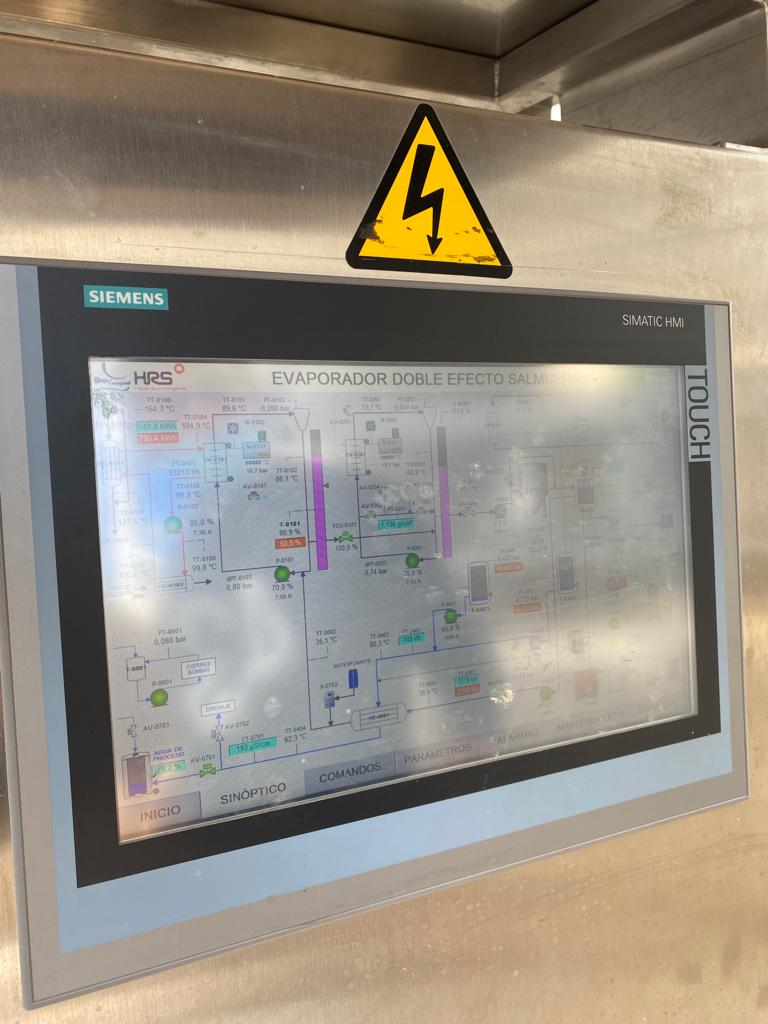

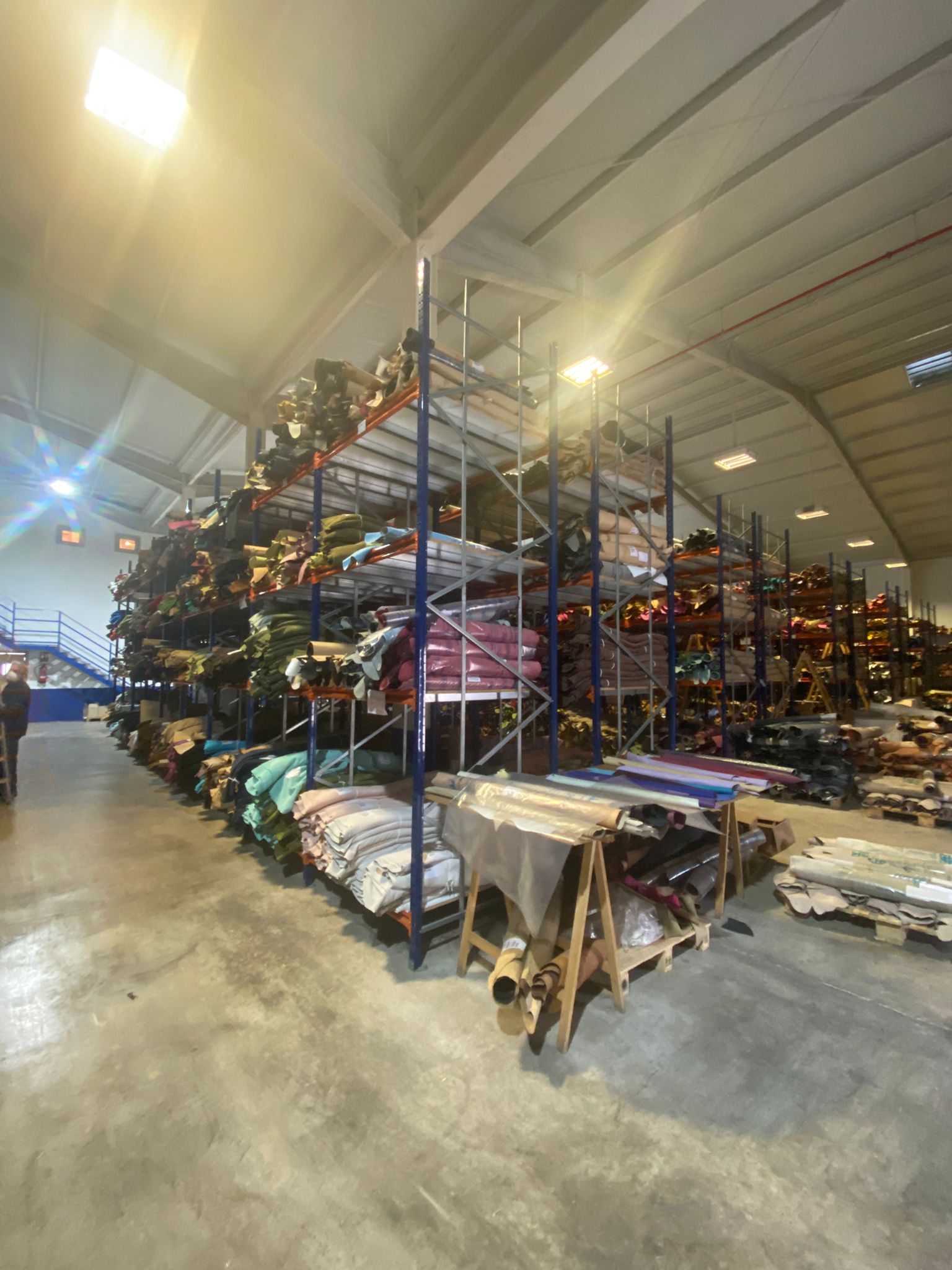
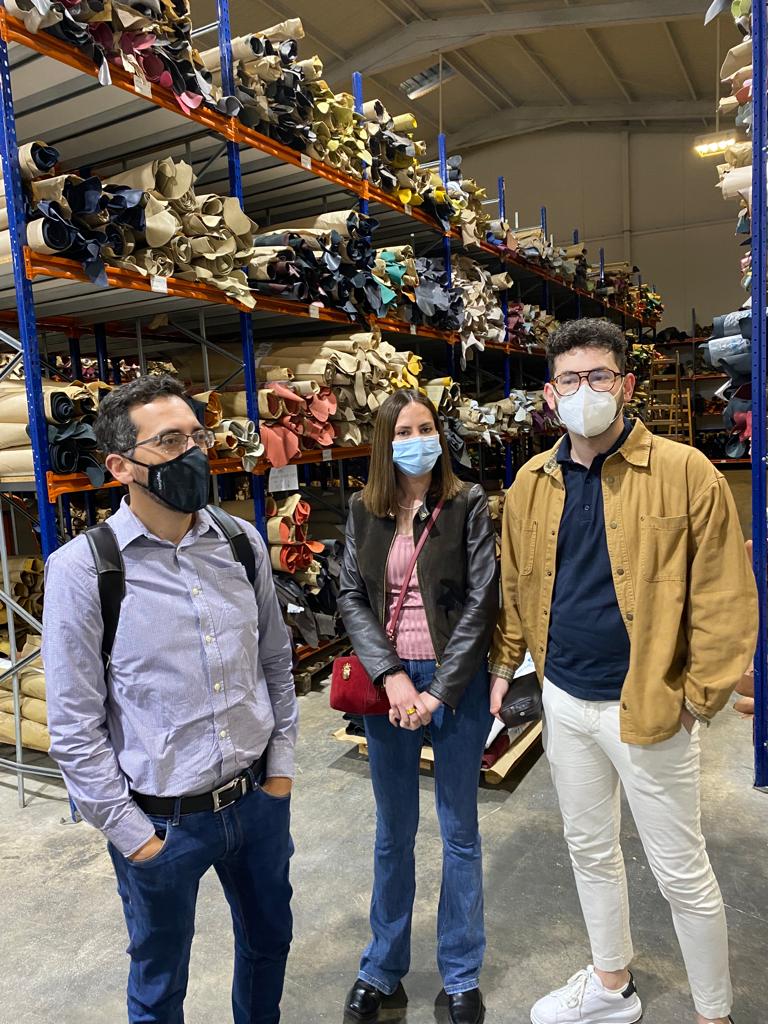
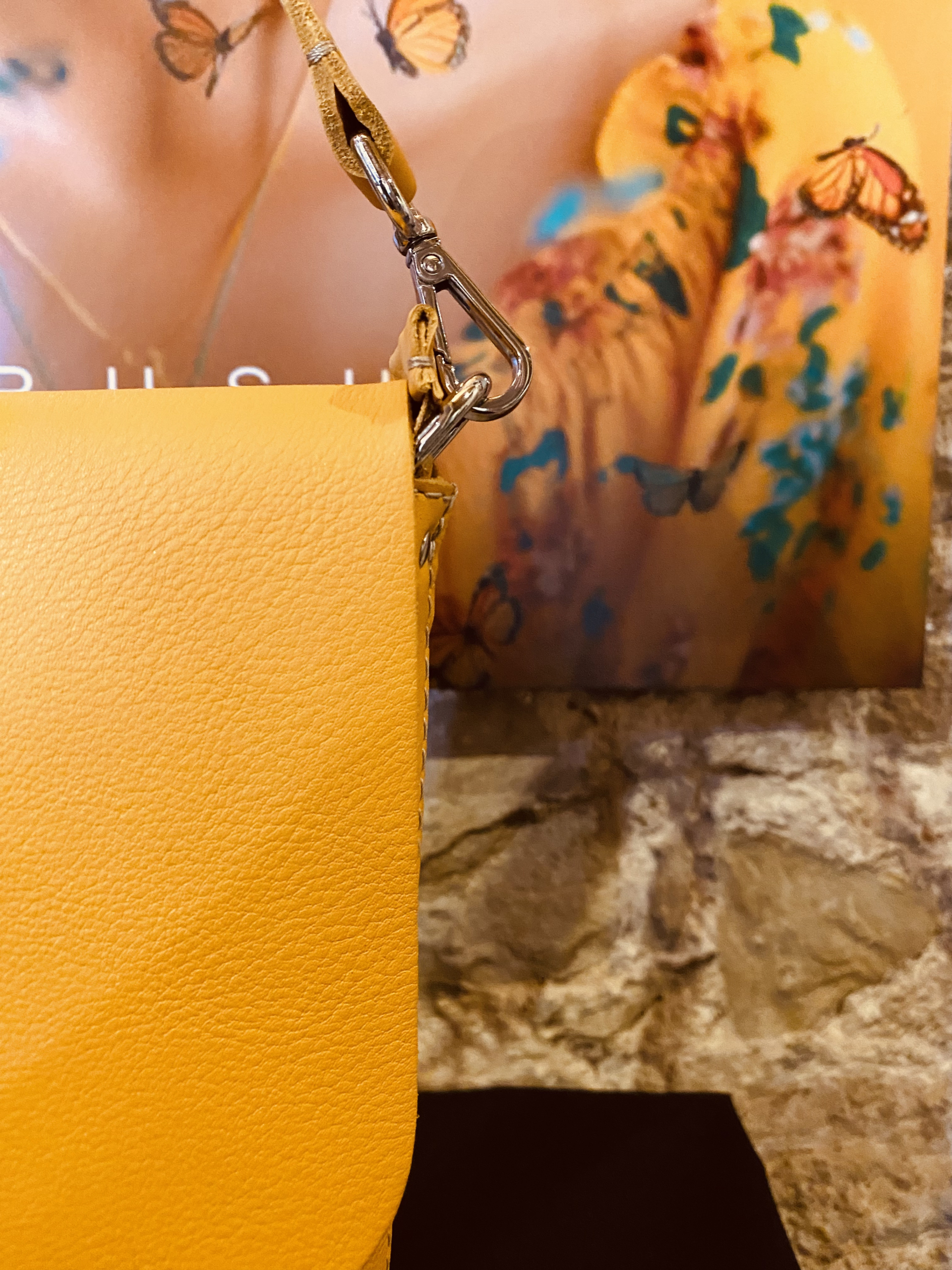


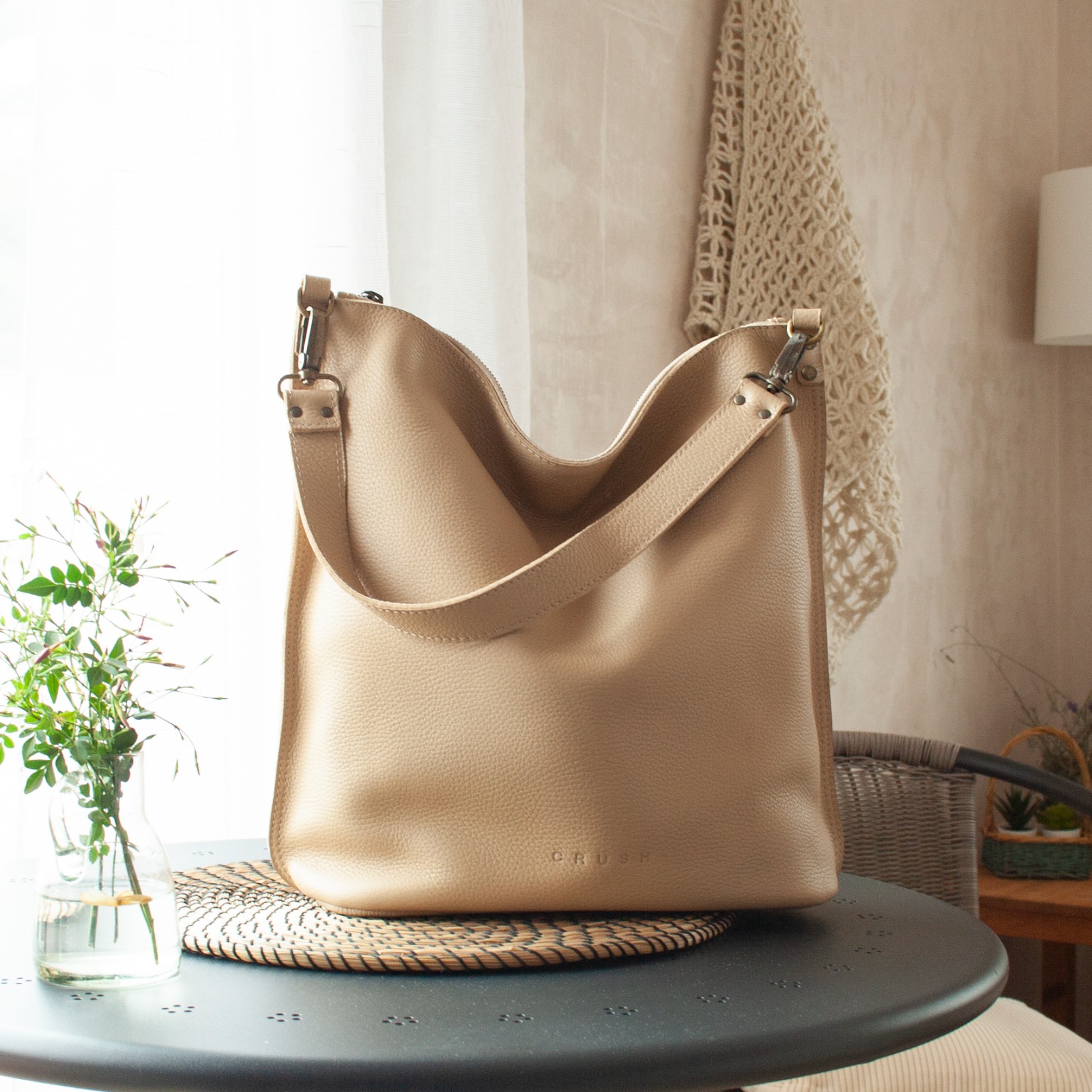
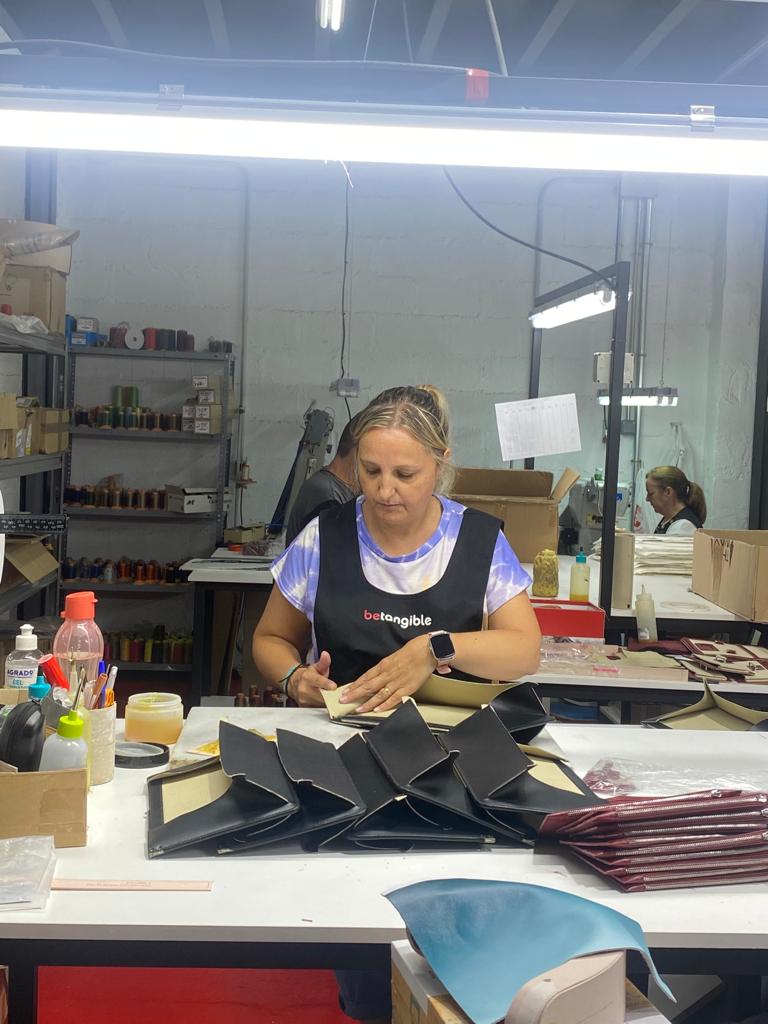
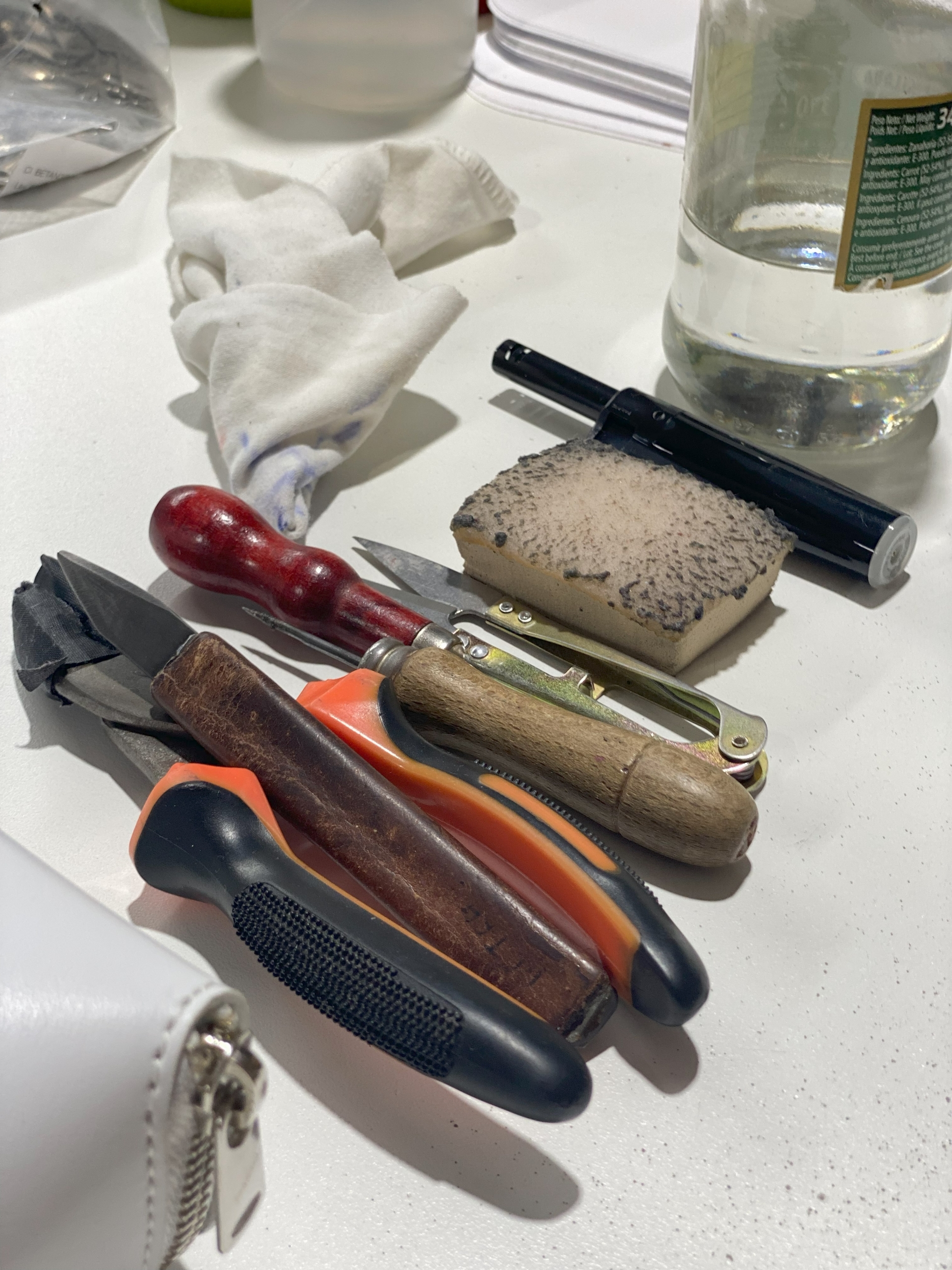
There are no comments